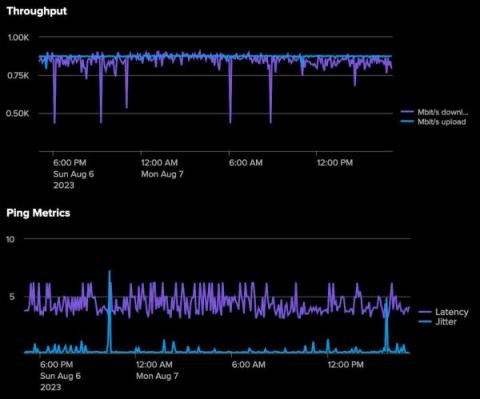Splunk and the Four Golden Signals
Last October, Splunk Observability Evangelist Jeremy Hicks wrote a great piece here about the Four Golden Signals of monitoring. Jeremy’s blog comes from the perspective of monitoring distributed cloud services with Splunk Observability Cloud, but the concepts of Four Golden Signals apply just as readily to monitoring traditional on-premises services and IT infrastructure.










